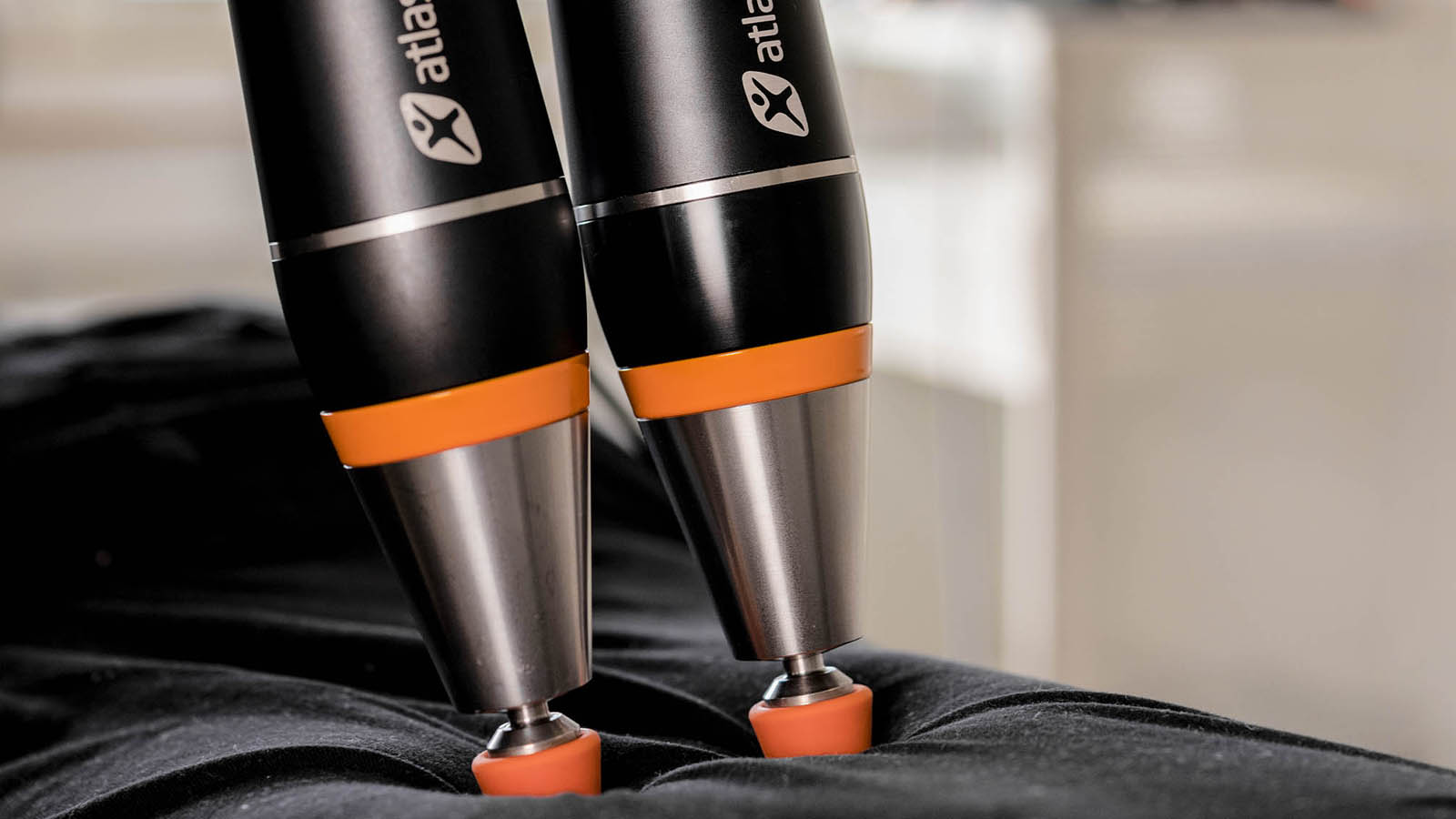Inflammation of the Back

Inflammation is the body’s natural response when tissue is damaged in some way. The damage can be caused by an infectious agent, such as bacteria, that has entered the body and created an infection, but it can also be an overload or trauma that has caused damage to the tissue. It doesn’t have to be major damage either, but small micro-injuries that occur when you exercise and put in a little extra effort.
With age, tissue becomes more fragile and less elastic, increasing the risk of injury and inflammation.
The role of inflammation is to fight any infectious agents and to heal and repair the injury. Blood flow to the injured area increases and vessels become more permeable, allowing fluid, white blood cells, etc. to be released more easily from the blood vessels. There is increased activity in the injured area as the body works to heal and repair. This results in swelling, redness, warmth and tenderness and also temporarily impairs the function of the area. The swelling also puts pressure on nerve receptors and other structures in the area, such as blood vessels and lymphatic vessels, further impairing function. As this is an inflammation of the back, it results in a sore, aching back that becomes stiff and more immobile
Symptoms of inflammation in the back
Symptoms of inflammation include pain, tenderness, swelling, warmth and redness of the skin over the inflamed area. Inflammation of the back causes pain and tenderness in the tissues of the back.
What can cause inflammation of the back and spine?
In rare cases, there may be more serious causes of back pain and stiffness, but in the vast majority of cases, inflammation of the back is caused by repeated overexertion and overloading of the muscles and other tissues of the back. Overloading, in turn, is caused by performing a movement or task too frequently for which you are not adequately trained and then performing the movement incorrectly. Back problems are usually caused by weak abdominal muscles and other stabilizing muscles. It can also be caused by misalignment of the joints and soft tissues of the back, for example, due to a crooked pelvis and an unbalanced body.
Inappropriate diet, especially high sugar intake, and disturbed gut flora can also cause inflammation in the back and other parts of the body. Sometimes direct trauma can also be the cause of inflammation.
When and where should I seek treatment for inflammation in the back?
Inflammation in the back can be remedied, in whole or in part, with treatment by a Fascia Therapist at a Fascia Clinic. They take a holistic approach to the body and do not focus solely on your bad back, but try to treat the cause in the long term so that the problems eventually disappear completely. A visit to the Fascia Clinics starts with you filling in a health form which you and the therapist then go through. You and the fascia therapist will discuss and adapt the treatment to your goals and expectations.
The response to treatment is individual and also depends on what the cause is, how long you have had the problem and how you engage with it. The treatment activates the flow in the tissue using vibrations and manual techniques. This enables the body’s cells to start the healing process themselves
The treatment aims primarily to regain a well-balanced body where joints and structures are evenly loaded so that increased pressure and load do not wear more on certain tissues. As well as providing physical and mental relaxation and getting mobility and flow throughout the body.
What can I do myself in case of inflammation in the back
In case of back inflammation, it is very important to try to maintain the mobility of the back, and the mobility of the body in general, even if you have back pain and it is difficult to move. Gentle, slow stretching exercises stimulate the fascia of the back to create substances that self-heal the tissue and relieve the inflammation.
Note that it is important to avoid the type of work/movement that triggered the back pain but avoid total rest.
It is not dangerous that it hurts when moving when you have inflammation in your back, but it is good to stay within a reasonable pain limit so that you do not overexert yourself and get more pain.
A support corset that supports the muscles of the back may feel good but does not actually promote healing and can cause the back muscles to weaken when they are not used enough, which counteracts the long-term solution.
Inflammation of the back – Exercises
Back inflammation is aggravated by weak core muscles, i.e. weak stabilizing muscles around the spine and weak abdominal muscles. Therefore, it is important to exercise and strengthen the abdomen and core, for example with balance exercises and abdominal exercises.
For example, lying on your back and lifting both legs a few inches and holding for a while, pressing your back into the floor is a good exercise. However, avoid “sit ups”, which reduce the volume of the abdominal and thoracic cavities and thus increase the pressure on them. Lifting only the legs is more gentle and equally effective as you can vary the holding time.
It is important to ensure mobility throughout the spine so that joints do not stiffen, making movement difficult and straining muscles and fascia. Find more great exercises for your back here !
 Search
Search































